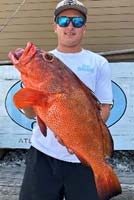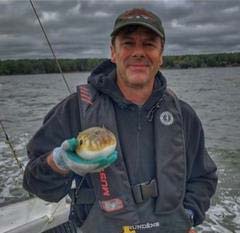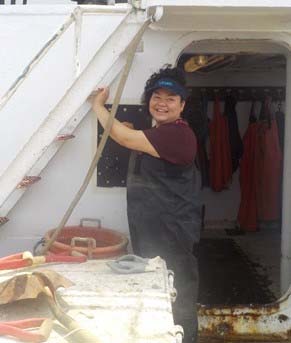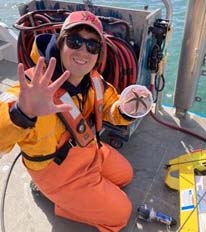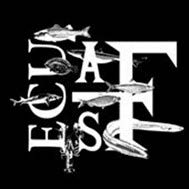Author: Jacob Boyd
Celebrating 200 Years of Marine Fisheries Management and Conservation
On December 30, 1822, the NC General Assembly passed a law titled, “An Act to Prevent the Destruction of Oysters, and for Other Purposes,” in the State that restricted oyster harvest gear and prohibited the export of North Carolina oysters to other states. It was the first statewide law governing marine fisheries, and it was the beginning of state marine fisheries management in North Carolina. And, with numerous subsequent laws passed in the late 19th and early 20th centuries, it eventually led to the establishment of what is now the NC Division of Marine Fisheries (DMF) and the NC Marine Fisheries Commission (MFC). On June 10, 2023, the campus at the Morehead City Headquarters Office transformed into a celebration of 200 years of state marine fisheries management and conservation in North Carolina. The Bicentennial Jamboree was part of a year-long celebration commemorating the passage of the first statewide marine fisheries law in North Carolina.
Fishery Management Plans
The fisheries management measures implemented by the MFC and DMF are science-based and required by law to ensure the long-term viability of the State’s commercially and recreationally significant species. Ending overfishing and rebuilding overfished stocks within the timeline set out in the Fishery Management Plans (FMPs) is essential for the conservation of these fish for the enjoyment of current and future North Carolinians. Some current fisheries under management review are flounder, oyster and hard clam.
Flounder Management
DMF announced the 2023 recreational and commercial flounder seasons in accordance with Amendment 3 of the NC Flounder FMP. The 2023 recreational flounder season was two weeks (September 15-29), had a possession limit of one flounder per person per day, and a minimum size limit of 15 inches total length. The 2023 commercial estuarine flounder season opening dates are by Southern Flounder Management Area and Gear Category and are set annually to keep the fishery within the commercial quota. Amendment 3 also specifies any overage to the commercial Total Allowable Catch (TAC) requires a pound for pound payback subtracted from the following year’s allowable harvest. The commercial quotas are the same as 2022, as no overages to the commercial TAC occurred in 2022. DMF, in collaboration with other states, including South Carolina, Georgia, and Florida, are updating the Southern Flounder coast-wide stock assessment. While North Carolina data are showing improved abundance of flounder, the coastwide assessment will provide a science-based approach to determine the state of the stock overall. Results from this assessment are expected to be completed and presented to the MFC in 2024.
Oyster/Clam
DMF is developing Amendment 5 to the NC Eastern Oyster FMP and Amendment 3 to the NC Hard Clam FMP. DMF held a public scoping period from September 11-22, 2023 to solicit public input on potential management strategies for the upcoming amendments and to discuss stakeholder priorities. Stock assessments are not available for these species due to data limitations. A potential management strategy for both amendments could address data gaps pertaining to recreational effort and catch. Management strategies under consideration for Eastern Oyster Amendment 5 are divided by reef type (intertidal and subtidal reefs) and reef location (Pamlico Sound and Southern). Management strategies under consideration for Hard Clam Amendment 3 pertain to mechanical harvest and maintenance dredging. Stakeholder comments, insight, and concerns will be considered in developing management strategies and management measures in the Eastern Oyster Amendment 5 and Hard Clam Amendment 3.
New State Record for Red Hind
